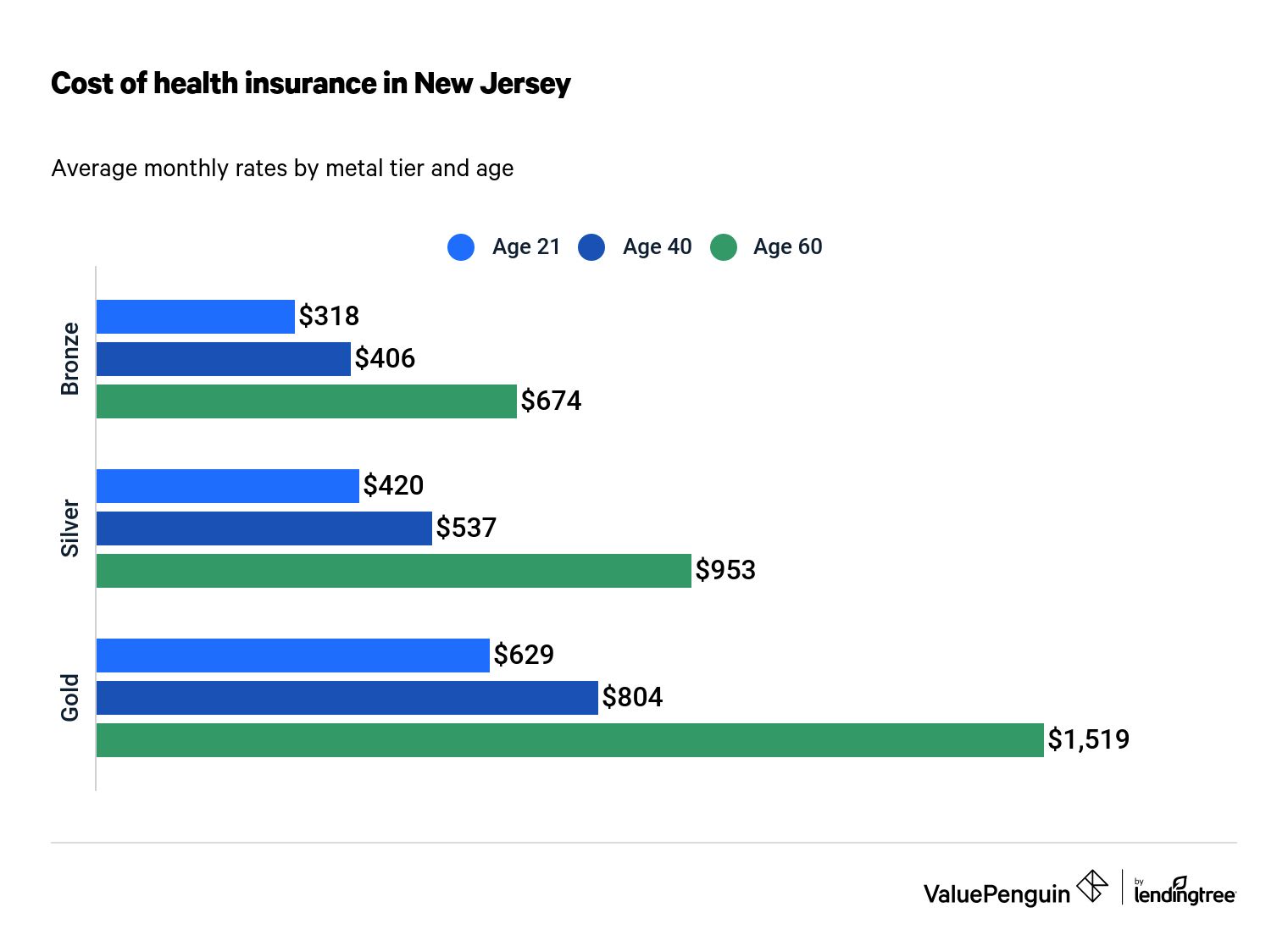
Before purchasing pet insurance, it's important to understand how it works. The basic idea behind pet insurance is that you have to pay a deductible. These deductibles are typically annual and must be met each year. Some companies however have a "per–condition" deductible. This means that every new condition your pet develops, you'll have to pay a new deduction.
Pre-existing conditions don't get pet insurance coverage
Some medical conditions, such as certain types of cancer, may not be covered by pet insurance. These conditions may not be curable. If a pet is diagnosed, it is likely that they will need to continue receiving medical care for the rest their lives. Pet health insurance may not cover such illnesses, but payment assistance is available to help you pay for treatments.
Some plans provide coverage for pre-existing conditions. However, they do not cover conditions that may develop in the future. It is important that you shop around for the best coverage. In addition, it is best to sign up for pet health insurance as soon as possible - before your pet has any health issues!

Annual deductibles
Understanding the deductible amounts is essential when you are looking for pet insurance. These amounts vary from company to company, and you should consider the deductible amount that is right for your particular situation. Annual deductibles may range from $50-$1000. Some companies let you choose a zerodeductible option. This allows you only to pay the monthly premium.
An annual deduction is a fixed amount you must pay each month before your pet receives reimbursement for its medical bills. For example, if you choose to pay a $500 deductible on your pet's insurance policy, you must pay that amount out of pocket each year before your insurance provider will reimburse you. While this might seem like a lot of money, it is important to understand that annual deductibles are typically less expensive than per incident deductibles.
Reimbursement rates
It is important to understand the reimbursement rates when purchasing pet insurance. These rates are calculated based on how much your pet insurance covers. There are two main methods used to calculate reimbursements. The pre-deductible method is used while the post-deductible method is used.
Most pet insurance policies will not cover all veterinary costs. You are responsible for paying the cost of pet's medical treatment. Your coverage will be based on the reimbursement rate. Depending on which type of plan you have, you might be responsible for anywhere from 10% to 30% of your bill. You could be responsible for hundreds of dollars in bills if you don't have pet insurance.

Coverage limits
It's important that you understand the limitations and exclusions of certain types coverage when looking for pet insurance. The majority of policies have an annual maximum payment limit. Once that limit has been reached, your pet will not be covered for any additional costs until the following year. However, some companies offer "unlimited" plans that do not have an annual limit.
A pet's age and personality can also affect the maximum amount of coverage needed. For example, a pet that is younger may be more likely to get into accidents than one that is older and more active. In addition, elderly pets may be at greater risk for certain conditions such as cognitive decline, cataracts, and cognitive decline. Consider your pet's breeding, as certain breeds may be predisposed to certain illnesses.